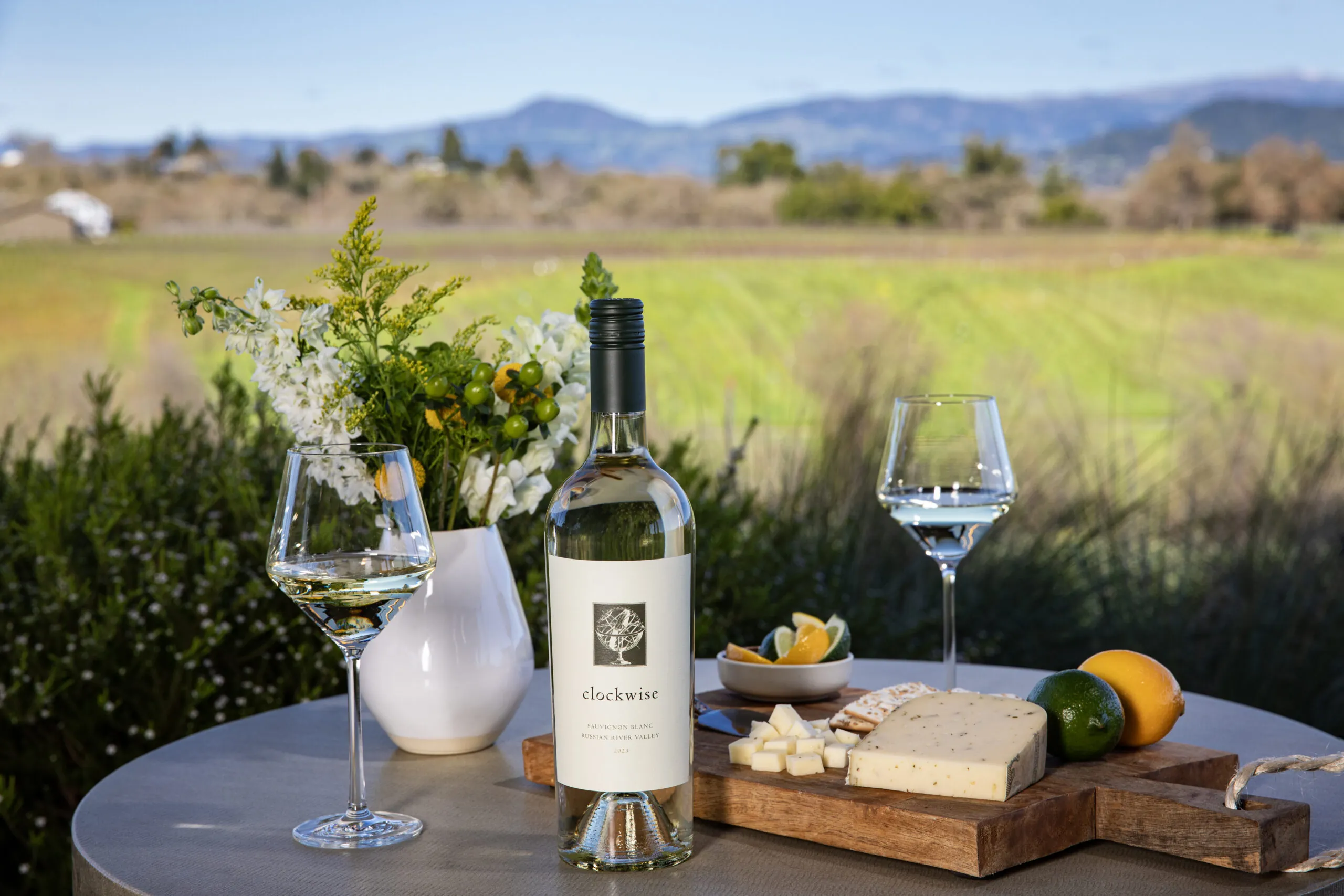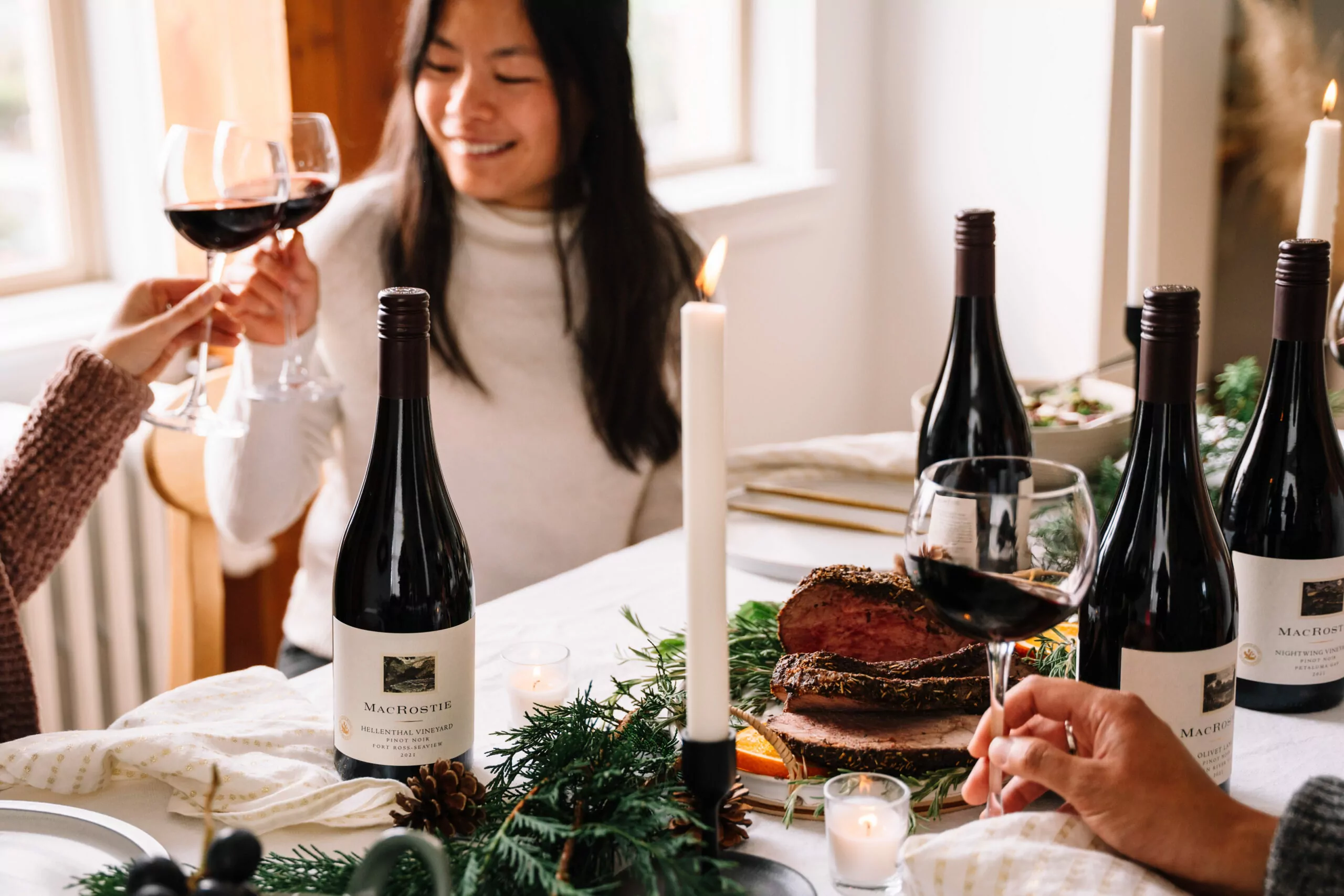A Rosé By Any Other Name
The history of rosé wines goes all the way back to ancient Greece, where many of the first recorded wines were made by crushing red and white grapes together and then watering down the resulting wine. In the sixth century, when the first grape vines from Greece were brought to what is now Southern France, rosés began to grow in popularity, offering a pleasant and vivacious alternative to red or white varietal wines. Later, when the Romans came to Provence, they began exporting the region’s rosés around the Mediterranean, where the wines were quickly embraced. Historically, rosé was often considered a vin de soif, or “wine to quench thirst,” and to some extent that is still true today, though the style of the finest rosés has changed dramatically.
A Change in Style: From Sweet to Dry
For many older generations of Americans, rosé meant White Zinfandel or perhaps Mateus or Lancers—sweet, pink wines made from inexpensive grapes. While this style was once hugely popular, by the late 1980s and early 1990s, rosé had earned a reputation as an unserious, mass-produced wine. This began to change in the 2000s. As more Americans began to be exposed to drier French rosés, they discovered how beautifully vibrant and refreshing they can be. Winemakers in the US took notice and were soon exploring drier, more complex, and graceful expressions of rosé, using new winemaking techniques, new methods, and new grape varietals.
The Grapes
While the ancient Greeks mixed red and white grapes together to make their blush wines, modern rosés are generally made exclusively from red grapes. While rosés can be made from almost any red grapes, many of the finest modern American rosés are made from the traditional Rhône grapes (Grenache, Syrah, Mourvèdre) or Pinot Noir. At MacRostie, Pinot Noir is our grape of choice when making rosé because it produces such a beautifully crisp and vibrant wine with enticing aromas and notions of graceful red fruit.
Saignée or Direct Press
The great majority of modern rosés are made using either the direct press or saignée methods. The direct press method means that the grapes are picked earlier at lower ripeness and lower Brix (sugar) levels. Once the grapes are pressed, the juice is quickly removed from the skins and seeds, yielding a wine with a light and delicate pink color. Because the grapes are picked earlier, they have very elegant aromas and flavors, with lovely acidity that adds structure and mouthfeel. In contrast, with the saignée method the grapes are allowed to ripen as they would for making a still Pinot Noir bottling. Once the grapes are pressed, some of the light-colored juice is drained off to be used for making rosé. Because these grapes were allowed to ripen more, they have higher Brix and more developed fruit flavors.
While most winemakers choose one method or the other, being the innovator that she is, our Winemaker, Heidi Bridenhagen uses both to build layers of flavor. “Rosé is a fun, yet challenging, wine to make,” she says. “Achieving the right color is all about timing and vineyard choice. Color is the first lure of this wine, and it is crucial to have it just right. To give the wine fruit aromatics, a round mid-palate, fresh acidity, and a poignant finish, 45% of the fruit went directly to press with the other 55% produced using the saignée method. Heidi also allowed a range of skin contact from 2-to-48 hours to vary the amount of color in each lot. The wine also benefitted by fermenting and aging in stainless steel tanks, which underscores the vintage’s lovely fruit aromas. The result is a beautifully elegant and dry rosé, with lifted tangerine and watermelon aromas, as well as a fun aroma that brings to mind youthful memories of bubblegum. On the palate, bright, crisp acidity is balanced by richer layers of ripe apricot and cantaloupe, resulting in a wine that is refreshingly smooth and ideal for enjoying during fun, al fresco gatherings.









